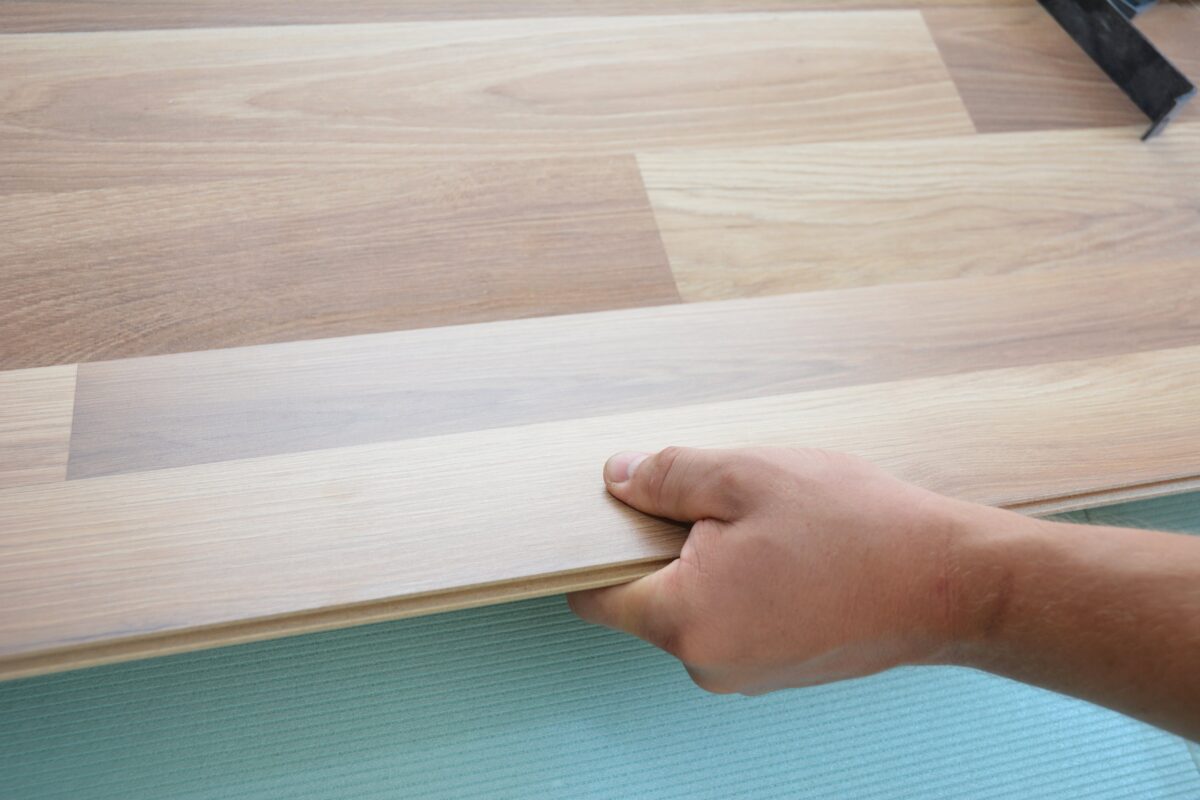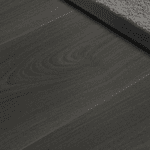
Blog
What Underlay Is Best For Damp Floors Under Wooden, Engineered or Laminate Floors?

At QA Flooring Solutions we offer a range of underlays designed for different needs. Just take a look at our Traffilay system – a one-stop-shop with three different questions to help you determine which underlay you need based on three things:
The underlay type you need – wood (carpet / acoustic)
The key benefit you’re looking for – if it’s an underlay for damp floors you’re after, then pick moisture protection as your key benefit here (excludes carpet and acoustic underlays)
The traffic in the area – choose from light (formal dining rooms / living rooms), medium (dining areas, WFH), or heavy (hallways, everyday living rooms) traffic areas to ensure you get an underlay that can stand up to it
For damp floors, you’re likely facing issues in basements or concrete subfloors, but in older UK homes you could realistically have damp floor issues in any downstairs room of the house. Getting the right underlay can protect your flooring investment, extending its lifespan and creating an appropriate barrier from the damp subfloor beneath it. Let us guide you through your options for the best underlay for damp floors.
Why Protecting Your Flooring From Damp Subfloors Is So Important
Before we look at the solution, let’s first shine a spotlight on the problem. Damp subfloors ruin main floors. It’s that simple.
Damp subfloors are usually caused by rising damp – where water from the ground beneath your home or commercial building starts to rise upwards through porous materials like brick and concrete. Concrete subfloors are common in the UK, so it’s possible for moisture from the ground beneath the subfloor to make its way up through microscopic pores in the concrete.
If that happens, you’re facing a few key issues:
- Flooring damage – Wood rots. And the new flooring you’ve just invested all that money into? Gone. You need to protect your flooring from damage.
- Structural damage – It’s worth noting that damp floors are a very real issue that needs to be addressed. Failing to do so can lead to structural damage of the entire subfloor, which can then lead to breakdown. A simple underlay won’t fix the issue, so identifying the cause and addressing it will be necessary before installing one of our damp proof membrane underlays.
- Comfort – Damp subfloors affecting the top flooring layer can seriously impact how comfortable you feel in the space. Damp has a musty smell, and that can make your room particularly unpleasant to be in.
- Health concerns – Damp can lead to mould and mould can lead to health issues such as respiratory difficulties, allergies, and more.
How To Protect Flooring From Damp Floors With Underlay
When it comes to protecting your flooring from damp, there are really two options: Damp Proof Membranes, and Integrated underlays. Which is right for you, will depend on the situation you’re in, and the level of damp you’re dealing with.
When To Use Damp Proof Membrane
The purpose of damp proof membrane is to create a permanent waterproof barrier between the subfloor and top layer. It isn’t designed to offer any other benefits. Comfort, thermal, acoustic – all of the other benefits you might expect from an underlay are sacrificed here for strict waterproofing to protect the floor above.
The obvious benefit of this, though, is that it’s a master of damp proofing. It’s a robust, long-term solution to damp – so once you’ve found the source of the moisture and fixed it, you can then put down a damp proof membrane to provide long-term damp protection.
This is best used when the moisture problem is serious or persistent. For example, basements with a concrete, porous subfloor will often need a layer of damp proof membrane before the top layer of flooring.
When To Use Integrated Underlay With Moisture Protection
An integrated underlay with moisture protection doesn’t just focus on protecting against moisture. Whilst that could still be its primary purpose, all of our integrated underlays offer more than just one benefit to end users. Always 2 or more of the following:
- Cushioning
- Level Floors
- Hard Wearing
- Moisture Protection
- Compression Recovery
- Sound Reduction
- Underfloor Heating
- Commercial Use
That means moisture protection can be part of a range of benefits of an integrated underlay, but it isn’t necessarily its sole focus.
Some Of QA Flooring Solution’s Best Underlays For Damp Floors
You can fill out our Traffilay system questionnaire for a specific response for your flooring situation – or you can contact a member of our team. However, we’ll show you some of the top performing underlays for moisture protection (you may need to team these with a damp proof membrane depending on the severity of the damp issue).
For wooden floors:
- For light and medium traffic areas choose Barrier Plus. With its built in vapour barrier, this integrated underlay is perfect for moisture protection, whilst also offering incredible support and cushioning underfoot. Barrier Plus also boasts compatibility with underfloor heating and some level of sound reduction to boot.
- For heavy traffic areas there are multiple options but a great one to consider is TimberTech Elite Plus. This flooring underlay offers a silver vapour barrier known for moisture protection as well as offering compression recovery even with extensive use. It’s a hardwearing underlay with multiple benefits.
Let QA Help You Solve Your Damp Floor Issue
Explore our damp floor options using our Traffilay system, or browsing our directory and looking into the different underlays that offer moisture protection.


